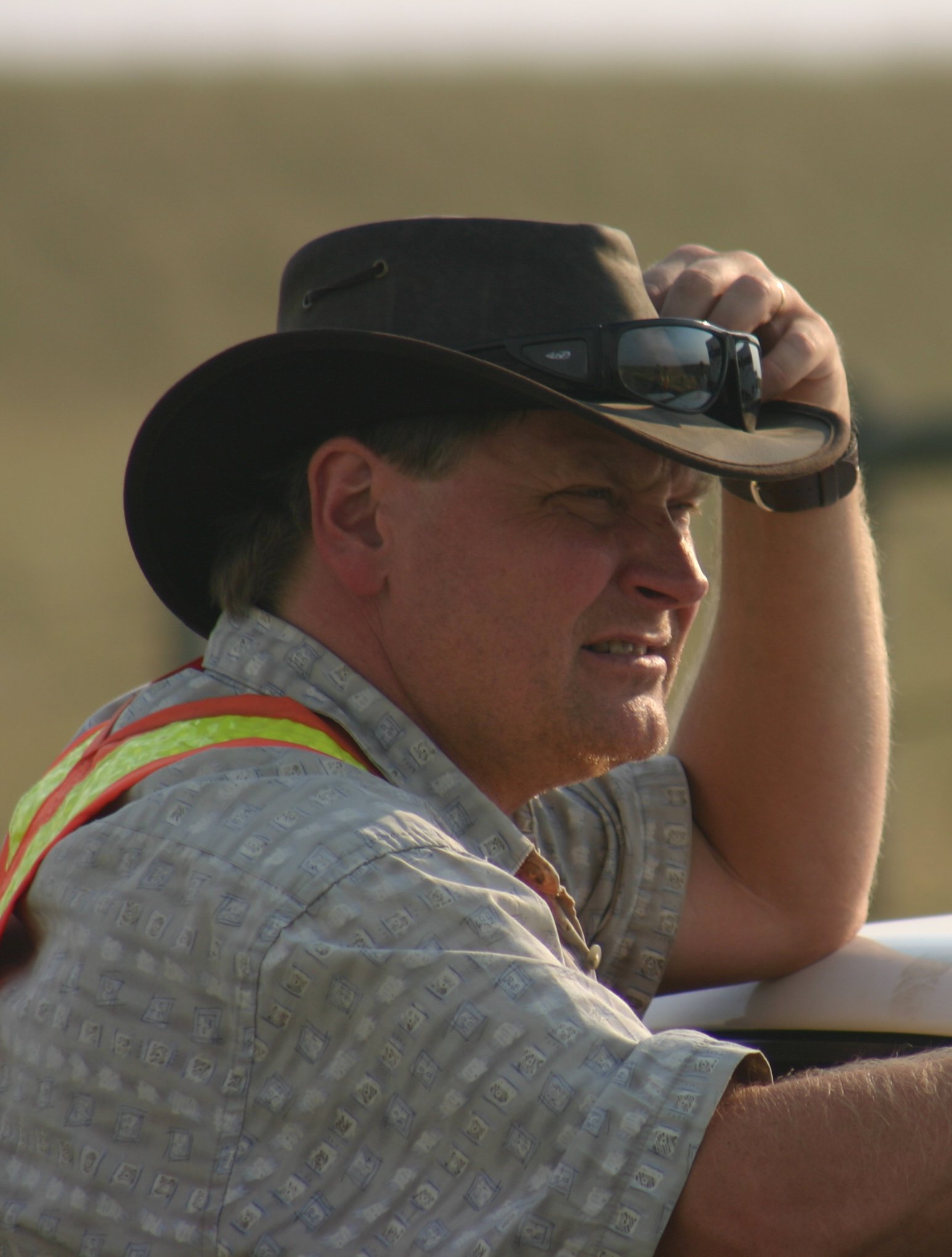Rock Physics SIG: Anisotropy of Unconventional Resource Rocks: Measurements and Implications to Geomechanics*- Mar 21st

Sponsored by CGG and Ikon Science
Event Location:
CGG
10300 Town Park Dr.
Houston, TX 77072
NOTE: You Must be Logged in to Register
5:15pm Refreshments
5:30pm Presentation Begins
6:30pm Adjourn
Speaker: Doug Schmitt, Purdue University
Having a solid understanding of the mechanical properties of rock and rock masses is becoming increasingly important in the search for and production of hydrocarbons. One general assumption used in many geomechanical investigations is that the rock is isotropic, i.e., its physical properties do not vary with direction. It is generally recognized, however, that this is not reality, and that many rocks are anisotropic. One problem is that there are actually very few measurements of the anisotropy of rocks. I describe some examples of such measurements from the laboratory and the field taking particular care to attempt to overcome some pernicious issues related how wave energy propagation directions are skewed in anisotropic media. Laboratory measurements of the directional elastic properties of a variety of ‘shales’ from the Western Canada Sedimentary Basin that are important targets for unconventional exploitation (e.g Nordegg, Duvernay) have recently been published. Strains and ultrasonic wave speeds are measured in strategic directions on prisms carefully machined from core and allow for comparison between static and dynamic moduli. A complete set of the two Young’s moduli and the three Poisson’s ratios necessary to describe such rocks is obtained. The implications of these observations to our ability to infer stress states from sonic logs, among other observations, is illustrated by a direct comparison. At the rock mass scale, borehole seismic observations of anisotropy through a fractured rock mass are modelled and strongly suggest in this case that the distribution of microcracks more strongly affects the rock anisotropy than macroscopic fractures visible in ultrasonic imaging logging.
Speaker Biography: Doug Schmitt, Purdue University
Doug Schmitt has just begun a new position as the inaugural Stephen and Karen Brand Professor of Unconventional Resources at Purdue University. He has just completed 29 years as a Professor and CRC Chair in Rock Physics at the University of Alberta where he had the pleasure of supervising over 60 graduate students in Geophysics. He leads the Experimental Geophysics Group that carry out a broadly based research program of laboratory, borehole, and near surface geophysical studies. Current research topics focus on crustal stress determination, rock and rock mass anisotropy, and the physical properties of bitumen and bitumen saturated carbonates. He is currently involved scientific drilling programs on the Alpine Fault, New Zealand, the Chicxulub Impact Structure, Yucatan, and the Aquistore CO? sequestration project near Estevan, SK; he has to date been involved directly with drilling projects on 6 continents. He is a graduate of the Univ. of Lethbridge (Physics, 1980) and Caltech (Geophysics, 1987) with experience as an exploration Geophysicist (Texaco Canada, 1980-1) and as a postdoctoral researcher in stress determination (Stanford Univ., 1987-88). He joined the U of Alberta in 1989 and has enjoyed visiting appointments at the Karlsruhe Inst. Of Technology, Germany and the Australian National University, Canberra.
THANK YOU TO OUR GENEROUS SPONSORS:

